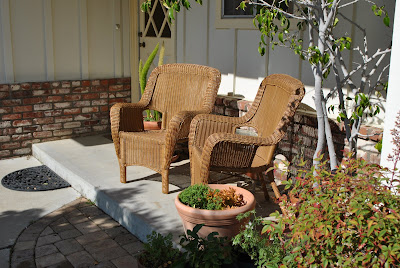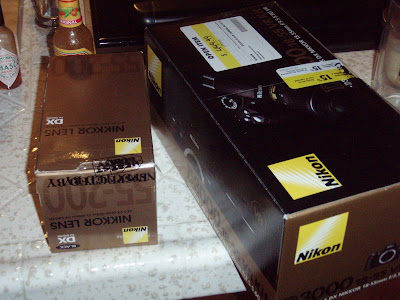
The Cayucos sisters at the
Brown Butter Cookie Company are on to something good! They just appeared on the Rachel Ray Show!!! But, by featuring real sea salt on their cookies, they’ve not only added taste, but nutrients that many of us may rarely encounter elsewhere. If you haven’t gotten on the sea salt train, let me entice you to come aboard!
Almost all traditional cultures use some salt. Salt provides sodium and chloride which aid in proper functioning of many organ systems, especially the brain. The chloride component activates amylases which work in the stomach and intestine to digest carbohydrates. Excessive intake of salt can be harmful, but complete deprivation of salt is equally disruptive to the system.
Why use sea salt? Sun dried sea salt is naturally occurring, comes in many colors, and appears wet. It contains traces of marine life, organic forms of iodine, magnesium salts, and nearly 80 other trace minerals. The best source comes from the Celtic Sea, is harvested according to ancient methods, and appears grey. But, most of all, it tastes better, richer, and “more complex”, to borrow from the vintner’s vernacular.
Sea salt has a dual nature in Eastern cultures. Its yin nature brings a person “down to earth”; it strengthens digestion and secretion. It is cooling, directing energy inward and lower. Salt is also thought to purify, cleanse, and counteract poisoning from poor-quality foods and unhealthy food combinations. It is thought to soften some areas of the body and tighten others. It is a “contractive” element rather than expansive.
What is wrong with table salt? Table salt is highly refined and altered to create the appearance of dryness, whiteness, and uniformity. The magnesium is removed; aluminum compounds are added. To replace the natural iodine salts, potassium iodide is added. Sea salt is truly a thing of great worth and reliability. It is good for cooking and seasoning. Try something new! It is an adventure! Once you try it, you’ll never go back.
When I asked one of the sisters at the Little Market why they used Sea Salt on their cookies and not table salt or kosher salt, she said, “Because we like the taste!”
"You are the salt of the earth; but if the salt has become tasteless, how can it be made salty again? It is no longer good for anything, except to be thrown out and trampled under foot by men. Matthew 5:13 (
NAS)
Sources: Nourishing Traditions by Sally Fallon, Healing with Whole Foods by Paul Pitchford



























































